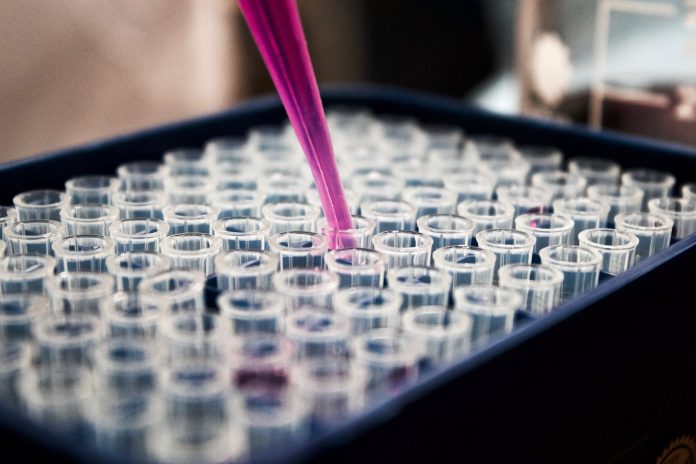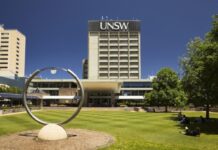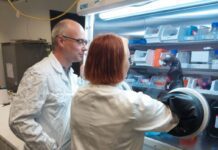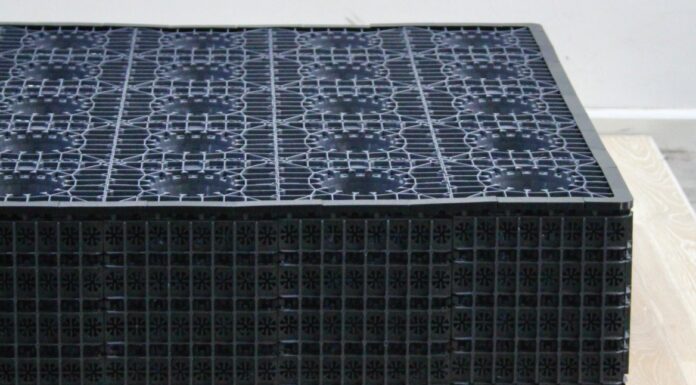
Researchers from the University of New South Wales (UNSW) Sydney are developing a new type of stem cell, one made from human fat, that has the potential to be used in human therapies.
In a study entitled Induction of muscle-regenerative multipotent stem cells from human adipocytes by PDGF-AB and 5-azacytidine published in Science Advances yesterday, the team revealed promising results of their latest stem cell research.
“The stem cells we’ve developed can adapt to their surroundings and repair a range of damaged tissues,” said John Pimanda, a haematologist, professor at UNSW Medicine & Health, and co-senior author of the study,
Never done before
Stem cells are essentially cells with the ability to produce newer cells with different properties. Because of their regenerative properties, they’re highly prized in the medical field.
Most stem cells originate from two sources: the bone marrow and embryonic tissue.
What makes this UNSW study unique is that stem cells are being sourced from human fat.
These stem cells also fall under a subcategory of stem cells known as induced multipotent stem cells, or iMS, signifying that human fat is transformed into stem cells by a unique process.
“To my knowledge, no one had made an adaptive human multipotent stem cell before. This is uncharted territory,” Pimanda remarked.
The scientists created the iMS cells in the lab by submerging human fat cells in a compound mixture. This mixture then removed existing ‘silencing marks’ – marks that limit cell identity.
Healing properties
“These stem cells are unlike others currently under evaluation in clinical trials,” commented Dr. Yeola, a post-doctoral stem cell researcher in Prof. Pimanda’s laboratory,
Because the stem cells come from the patient’s own cell, the risks of rejection by the immune system – a case that continues to baffle scientists today – are significantly reduced.
The study is a step-up from the team’s 2016 study where, instead of using human cells, they used mouse cells.
However, further tests need to be undertaken before they can be used medically.
Amid the promising results, Pimanda and his team are wary of the long road ahead.
“Preclinical studies and clinical trials still need to be done, and we need to be sure we can generate these cells in a safe condition.”
After further evaluation, the team seeks to conduct human-only trials.
If proven safe for human use, these iMS cells can be used to treat a multitude of injuries and cellular damage.















